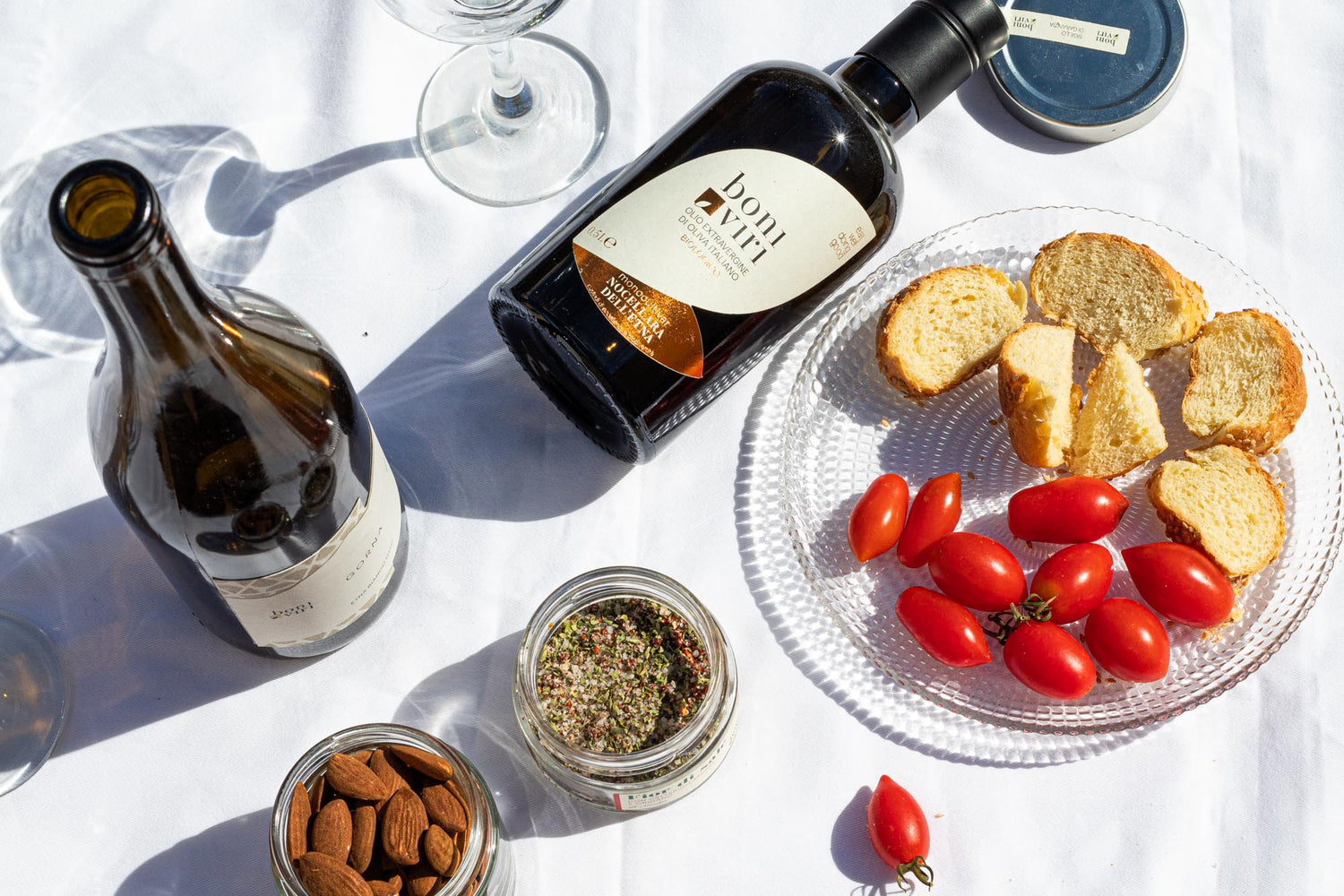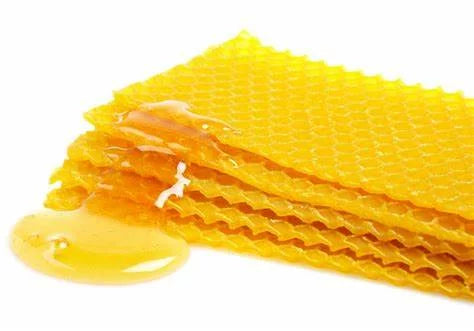January 30, 2023
If there is something we have learned during the last three years, it is to take care of ourselves, our health and our diet. One of the most fascinating and common ingredients of must-have recipes for our body care is honey. It is precisely this, an ally against coughs, a friend of the skin and the environment. With a syrupy consistency due to the mixture of fructose, glucose, sucrose and other sugars; we recognize its smell and probably also how to use it in some recipes, but what are the beneficial properties of honey? And what new technologies can transform one of the oldest ingredients of Western tradition into an innovative product for food preservation?
Honey is one of the oldest products in history. Used since prehistoric times, the first traces date back to the ancient Egyptians, inventors of nomadic beekeeping and experimental medicine, which is now coming back into fashion, and in which the keystone was precisely the nectar of the gods. The Sumerians and Babylonians discovered its beneficial properties for the skin, so much so that there were sanctions provided for in the Hammurabi code for those who attempted to steal it. And finally the Greeks and Romans raised bees to obtain honey that was used to sweeten foods and drinks, in particular they loved to put it in wine.
Over time, honey has lost some ground, being gradually replaced by sugar, but in recent times consumers have ended up dusting off old grandmother's remedies, always effective and, often, more eco-sustainable. In fact, few people remember that before the advent of film and the widespread use of plastic, one of the oldest methods for preserving food involved wrapping food in beeswax cloths. This allowed for longer-lasting food preservation, preventing a good part of the global waste that often originates right in our kitchens.
Sometimes new technologies are just old strategies revisited a bit and in this sense a new trend is taking hold in Italian kitchens and restaurants in the country: the use of beeswax films to preserve freshness. The wax is usually produced in thin flakes by the insects themselves for the construction of the hexagonal cells of the so-called honeycomb, where honey and pollen will be deposited.
The wax obtained by melting it with hot water only and without adding other substances is called "virgin wax", widely used to cover cheeses but not only: it can be transformed into film, as is done by the start up Beeopak which has created it through organic cotton soaked in beeswax, organic Piedmont PGI hazelnut oil and pine resin.
Like honey, wax has antibacterial properties that allow the protection of food but above all it has the peculiar characteristic of being breathable but impermeable to water; consequently it does not allow moisture droplets to pass through easily, protecting the organoleptic characteristics of the product and reducing waste.
In Boniviri, in addition to loving honey, we know how essential bees are for agriculture: we have chosen to protect, through Rosario, our itinerant beekeeper, the Sicilian Black Bee, a species in danger of extinction and reintroduced a few years ago thanks to the Sicilian Apis mellifera breeders' association. This special bee is the creator of delicious Boniviri honeys such as wildflower and chestnut and, also supported by other species, sulla and orange blossom honey. All organic, genuine, raw, not centrifuged or pasteurized, they maintain their natural nutritional properties for the prevention of oxidative stress diseases and respiratory system infections.




